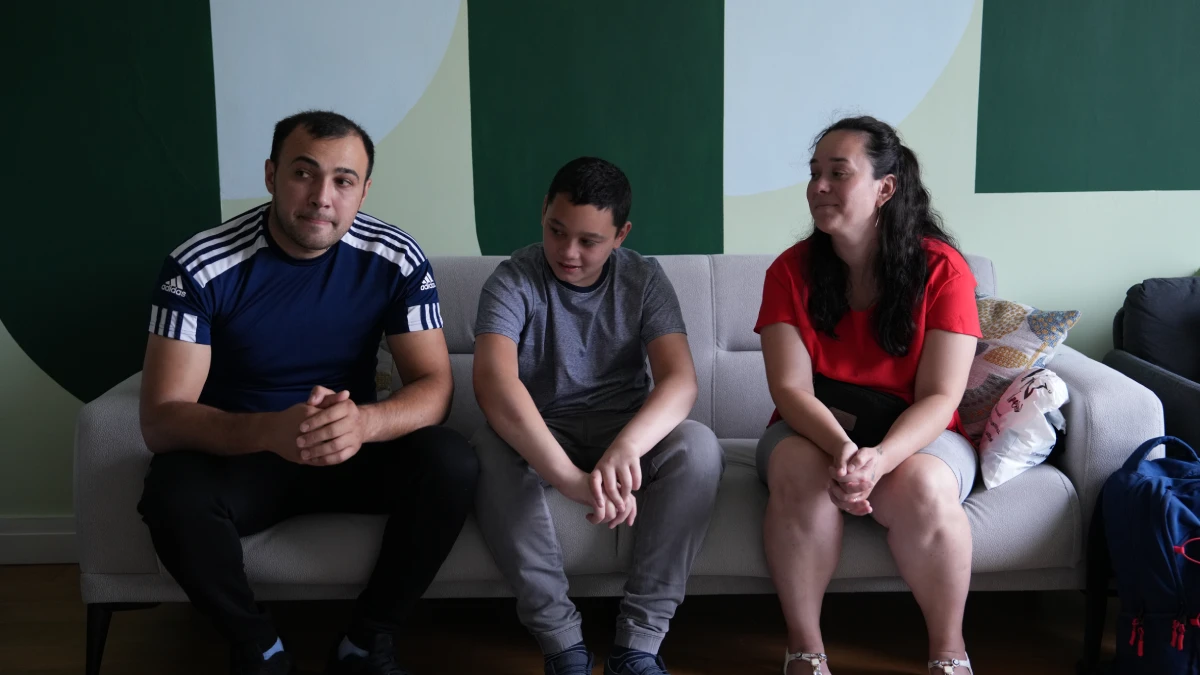Autism, also known as Autism Spectrum Disorder (ASD), is a complex neurological condition that affects communication, behavior, and social interactions. But the understanding of autism and its place in psychological science has come a long way. From its initial identification to its current place in modern medicine and psychology, the journey has been transformative for families, medical professionals, and society. This blog will take a closer look at the history of autism and how it has shaped the field of psychology, while offering valuable insights for families seeking the best care for their children.
Early Discoveries of Autism
Autism as we know it today was first recognized in the early 20th century, but the characteristics of this condition have been present throughout history. Here are some key moments in the identification of autism:
• 1943: Dr. Leo Kanner first used the term autism to describe a group of children displaying symptoms such as difficulty in social interaction and a need for routine.
• 1944: Hans Asperger described a similar set of behaviors in children, which later became known as Asperger’s syndrome, a subtype of autism.
• 1980: The DSM-III (Diagnostic and Statistical Manual of Mental Disorders) included autism as a distinct disorder for the first time, marking a significant step in its clinical recognition.
Autism in Psychological Science
The field of psychology has played a crucial role in advancing the understanding and treatment of autism. As autism spectrum disorder (ASD) became better understood, psychologists developed interventions and therapies aimed at improving communication, social skills, and behavioral regulation. Major contributions from the psychological field include:
• Behavioral Interventions: Applied Behavior Analysis (ABA), developed in the 1960s, became one of the most widely used treatments for children with autism, focusing on reinforcing positive behaviors.
• Cognitive-Behavioral Therapy (CBT): For older children and adults with autism, CBT has been used to manage anxiety, social difficulties, and repetitive behaviors. ABA therapies are a perfect example for that, which we handled in another blog: ABA Techniques You Can Apply at Home: A Compassionate Step-by-Step Guide
• Developmental Approaches: More recently, developmental therapies like the Early Start Denver Model have emerged, integrating naturalistic play and relationship-building into treatment.

The Changing Perception of Autism
In the early days, autism was often misunderstood, and many children were misdiagnosed or institutionalized. But over the years, societal views have shifted towards greater acceptance and support for individuals with autism. Today, the focus is on embracing neurodiversity, recognizing that autism represents a different way of experiencing the world, rather than a deficit to be “fixed.”
Conclusion: Moving Forward with Understanding and Support
The history of autism reveals a long journey of discovery, understanding, and evolving perceptions. For families of children with autism, knowing this history provides a sense of hope and encouragement. As science and psychological approaches continue to develop, so do the opportunities for helping children on the autism spectrum thrive.
At Linden Clinics, we are dedicated to staying at the forefront of research and treatment options, including stem cell therapy. Our goal is to provide families with the knowledge and resources they need to support their child’s unique journey. Together, we can move forward with compassion, understanding, and optimism.

